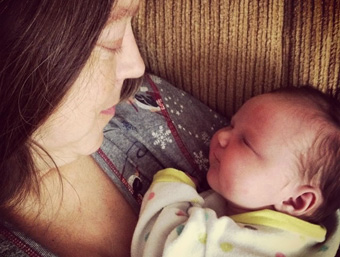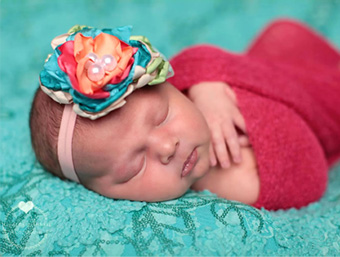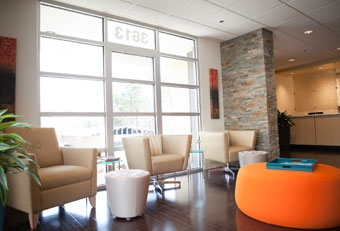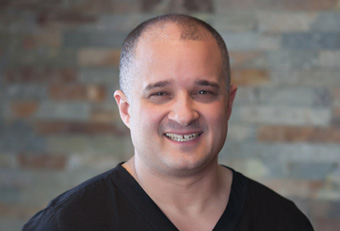In Vitro Fertilization Overview
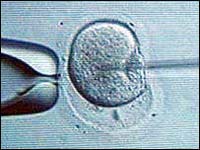 IVF is a procedure designed to by-pass the natural environment where conception occurs – the fallopian tubes. High dose hormonal medications are given to promote the growth of a large number of eggs. The eggs are then retrieved from the ovaries and fertilized in a laboratory. After sufficient egg division, the fertilized eggs or zygotes are then transferred into the uterine cavity through the cervical opening. If they implant successfully, then conception has occurred.
IVF is a procedure designed to by-pass the natural environment where conception occurs – the fallopian tubes. High dose hormonal medications are given to promote the growth of a large number of eggs. The eggs are then retrieved from the ovaries and fertilized in a laboratory. After sufficient egg division, the fertilized eggs or zygotes are then transferred into the uterine cavity through the cervical opening. If they implant successfully, then conception has occurred.
This is the seventh article dedicated to women considering alternatives for pregnancy after the age of 40. The first article is Tubal Ligation Reversal After Age 40 | Introduction.
The preceding three articles discussed tubal ligation reversal:
·Scheduling
IVF Requires Egg Retrieval
The IVF process is usually begun by using hormonal medications to stop a woman’s natural menstrual cycle. Then, daily injections of high dose hormonal medications called gonadotropins are administered to stimulate the development of ovarian follicles in which eggs develop. Once these eggs have matured, they are removed from the woman’s body (egg retrieval). The egg retrieval process requires intravenous sedation while the doctor retrieves the eggs by inserting a needle through the vagina and into the ovarian follicles using ultrasound guidance.
Once the eggs are removed, they are transferred to a lab, mixed with sperm, and allowed to fertilize and grow in an incubator under controlled conditions. When fertilization occurs and egg division reaches a certain stage, the dividing eggs (zygotes) are transferred into the uterine cavity to attach and develop into embryos.
Superovulation and Intrauterine Insemination (IUI)
A simpler type of assisted reproductive technology (ART) avoids the egg retrieval process. The woman is given hormonal medication to cause multiple egg growth and release; however instead of egg retrieval, as described above, sperm are inserted into the uterine cavity (intrauterine insemination or IUI ) in hopes of finding the waiting eggs. Intrauterine insemination is only applicable to women who have open fallopian tubes.
The combination of superovulation and IUI increases the chance of conception but, like IVF, it carries with it the risk of multiple pregnancy. Women who have had a tubal ligation must either undergo the egg retrieval process and fertilized egg insertion into the uterus to bypass the blocked fallopian tubes or have their blocked fallopian tubes repaired so that the sperm and egg can meet naturally in the fallopian tube.
IVF In Summary
IVF is a complex and expensive medical process. A single cycle of IVF can take several weeks to complete and, on average, costs between $9,000- $12,000 per try. Each IVF cycle is about 30% successful. Approximately one in three IVF successes result in multiple pregnancy. Many IVF programs promote the use of donor eggs from younger women to treat patients who are 40 or older in order to improve the chances of becoming pregnant. If donor eggs (eggs from another younger woman) are used or if intra-cytoplasmic sperm injection (ICSI) must be used (because of sperm disorders), then IVF costs are significantly higher. If IVF does not work on the first attempt, additional treatment cycles may be undertaken at additional cost to the patient. The next two articles in the series will discuss the risks and benefits of IVF.
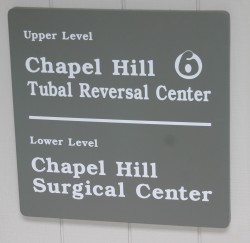 This article is written for patients or potential patients of A Personal Choice. This series was written for women over the age of 40 who are considering tubal ligation reversal, IVF, or adoption. The content of this blog series, however, is informative for patients of any age considering their treatment options to become pregnant after a tubal ligation.
This article is written for patients or potential patients of A Personal Choice. This series was written for women over the age of 40 who are considering tubal ligation reversal, IVF, or adoption. The content of this blog series, however, is informative for patients of any age considering their treatment options to become pregnant after a tubal ligation.
The next article, Tubal Reversal After Age 40- IVF Benefits, discusses the benefits of IVF treatments.
Submitted by Dr. Charles Monteith


